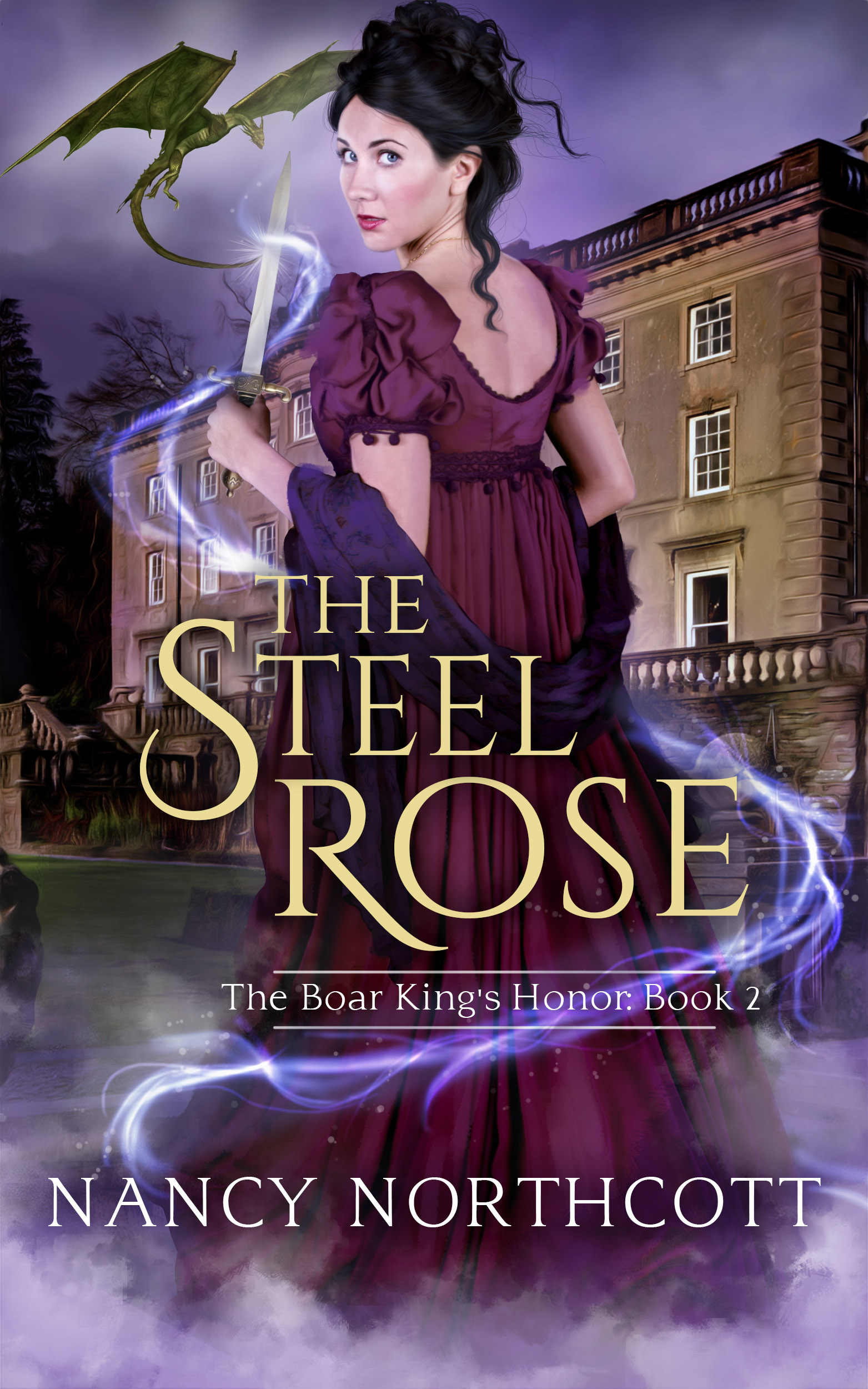Historical fiction requires the ability to effectively place wholly made-up characters in a world in a way that gets...
Month: April 2021
Story Behind the Story: The Mermaid Mahjong Circle by Claudia Grossman
Claudia Grossman’s first novel is about being caught up in adventure. For Claudia’s characters, it’s how one little...
An Editor’s View of World-Building for Writers
Use Elizabeth M.S. Flynn’s world-building overview to populate your manuscript so that it will meet the editor and agent test.
Story Behind the Story: Crazy, Stupid, Dead by Wendy Delaney
The truth and memory are two important parts of all...
Story Behind the Story: The Way Home by Eliana West
Eliana West writes romances in which mistakes are...






